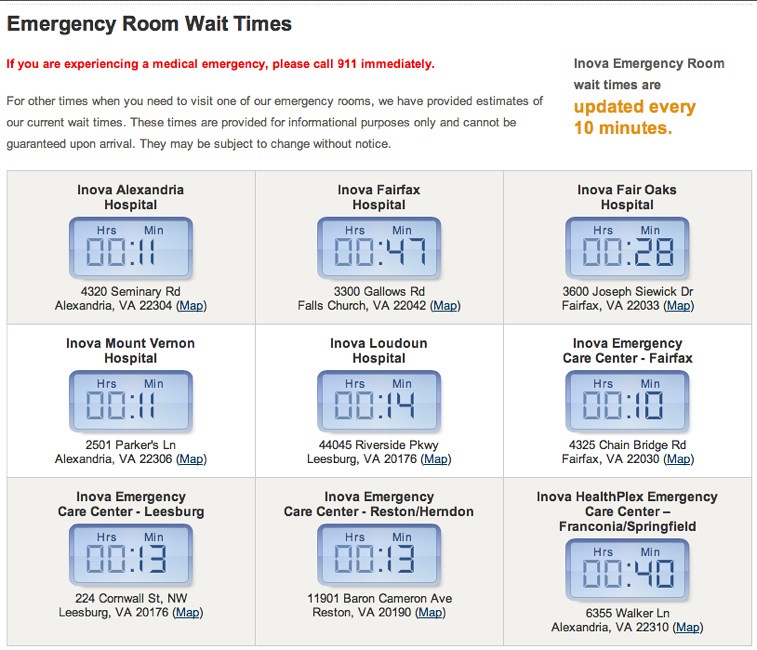
Less urgent are those, for example, who need stitches, have smaller broken bones, or a sore ear, eye or throat. Third are the urgent cases – including those with asthma attacks, stomach pains or high fever, etc. Second to be seen are the very urgent cases – examples include those with chest pain, trouble breathing, or with large broken bones. People who have the most urgent need – for example, those involved in a vehicle collision, whose hearts have stopped beating, or at risk of dying – are seen first. Those with the most immediate need will be seen first. Triage sorts patients according to the urgency of their need for care. The first thing that happens when you arrive in the emergency department is triage. Who goes first and how is urgency of a patient's need determined? Printable materialsīrochure - "Inside the Emergency Department: Information for Patients and Families"įrequently Asked Questions 1. They do not include the time it takes to be assessed or reflect the total length of a visit. Wait times are estimated from when adult/non-urgent patients are registered (following assessment) to when they first see a physician. Urgent patients will be seen immediately.Įstimated wait times are updated every 15 minutes but they are approximate and can change very quickly. Open: Monday to Sunday, 8:00 am – 8:00 pm.Unlike a walk-in clinic, you are not seen in order of arrival, but based on the urgency of your need. The GEN facilitates early recognition of geriatric issues, care coordination and appropriate patient disposition.Įmergency Program at Providence Health Careįor more in depth information about our Emergency Program and Services at Providence Health Care, including information for academics, researchers and clinical staff, visit our Emergency Program and Services page. Their primary goal is to work with the emergency department team to enhance care of patients 70 years of age and older. Geriatric emergency nurses (GEN) are skilled ER nurses with added knowledge of gerontology and community supports, that can be consulted for Emergency Department patients. Keep a copy of the BC HealthGuide Handbook at home, or visit HealthLink BC for more health information. You can also find the health services and resources you need that are closest to you. You can speak with a nurse about your symptoms, consult with a pharmacist about your medication questions, or get healthy eating advice from a dietitian. If you don’t have a family doctor, go to the College of Physicians and Surgeons of BC for a list of doctors accepting new patients.Ĭall HealthLink BC at 8-1-1 for 24-hour access to non-emergency health information and services. See your family physician, or if you prefer, visit a local walk-in clinic. Less urgent cases are monitored by the triage nurse and treated appropriately if their condition worsens. However, you may be required to wait longer as patients in the Emergency Department are seen based on the seriousness of their illness or injury and not on time of arrival. The most serious cases are seen immediately, and most emergency patients receive care within 30 minutes. Please have your British Columbia CareCard ready. Once you arrive, a triage nurse will assess your condition and an admitting clerk will take your information. Or any of the following: confusion, agitation, unconsciousness, severe allergic reaction, swelling of the tongue, lips or throat, severe pain, irregular heartbeat, seizure, paralysis, weakness or loss of sensation, severe vomiting, dehydration, vomiting blood, blood or black color in the stool, overdose, etc.  A major crisis and as a result feel helpless, hopeless and have nowhere to turn. An injury that may require stitches or may involve a broken bone. Prolonged and persistent or sudden onset headache. If you are not certain - GO TO THE EMERGENCY DEPARTMENT.Ĭall 911 or visit Mount Saint Joseph Hospital (or your nearest hospital emergency department) if you have: However, if you believe your situation requires urgent care, go to the Emergency Department. If you feel you can apply home treatment safely and wait to see your regular doctor, do so. Use good judgement in deciding when to use emergency medical services. Paul’s Hospital: Burrard and Comox Streets. Vancouver General Hospital: Oak Street and 12th Avenue. For emergency care outside of these hours, please go to the 24-hour emergency departments at either:
A major crisis and as a result feel helpless, hopeless and have nowhere to turn. An injury that may require stitches or may involve a broken bone. Prolonged and persistent or sudden onset headache. If you are not certain - GO TO THE EMERGENCY DEPARTMENT.Ĭall 911 or visit Mount Saint Joseph Hospital (or your nearest hospital emergency department) if you have: However, if you believe your situation requires urgent care, go to the Emergency Department. If you feel you can apply home treatment safely and wait to see your regular doctor, do so. Use good judgement in deciding when to use emergency medical services. Paul’s Hospital: Burrard and Comox Streets. Vancouver General Hospital: Oak Street and 12th Avenue. For emergency care outside of these hours, please go to the 24-hour emergency departments at either: Er wait times near me full#
The Emergency Department sees almost 23,000 patients a year, and offers a full range of services to local residents of all ages. daily.Ĭlick here to access live PHC and VCH Emergency Department wait times. The Emergency Department at Mount Saint Joseph Hospital in East Vancouver is open from 8:00 a.m.





 0 kommentar(er)
0 kommentar(er)
